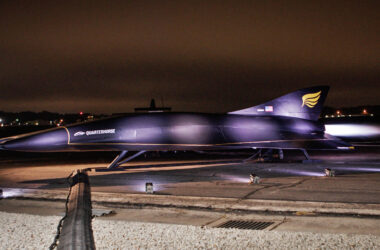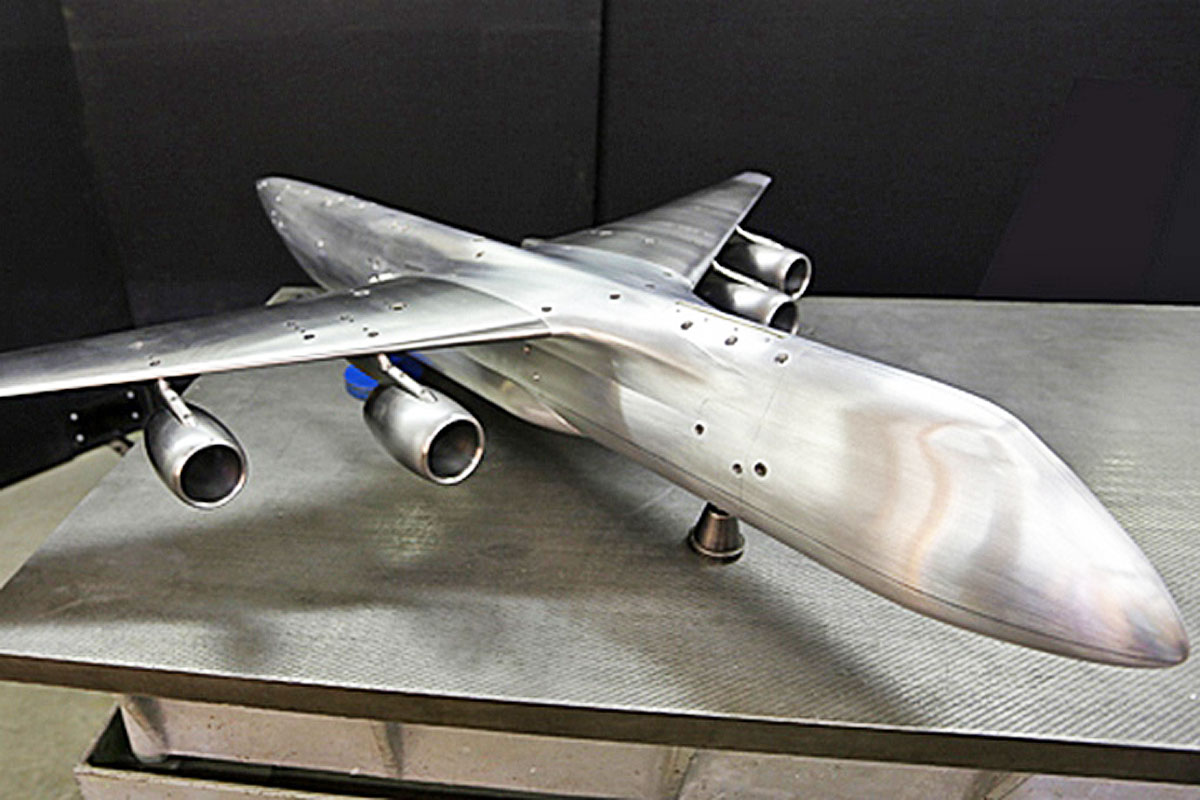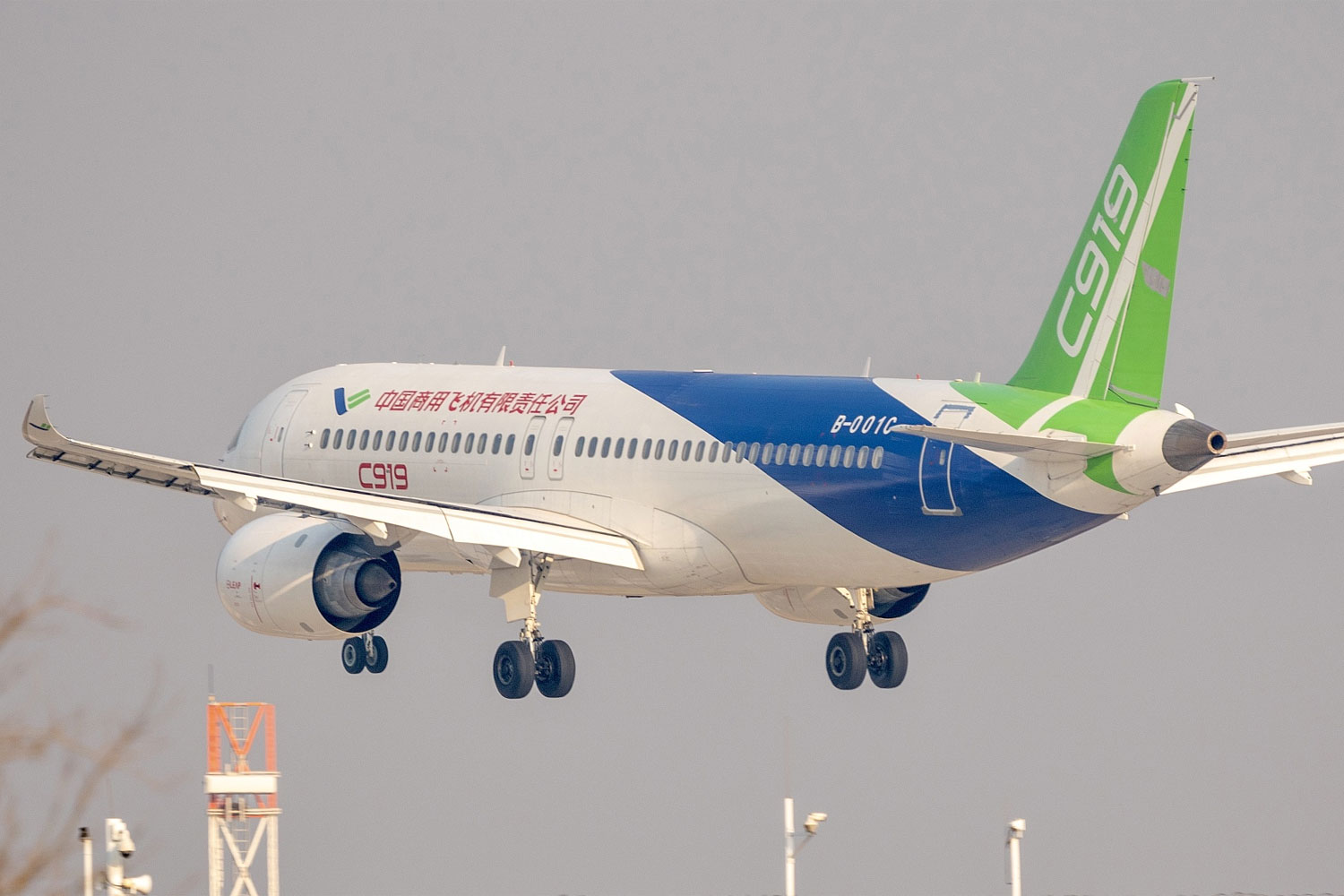In a groundbreaking leap for the aviation industry, the startup Istari Digital the Flyer project Øne, based on Lockheed Martin’s Skunk Works X-56A unmanned aircraft.
This ambitious initiative aims to create the world’s first digitally-certified aircraft, marking a significant technological milestone that could redefine the future of aircraft development and certification.
Istari Digital is venturing into uncharted territory with Flyer Øne, a program that will create and flight-certify a digital twin of the aircraft before any physical prototype is built.
This innovative approach promises to revolutionize the aviation industry by bringing the rapid pace of software evolution to aircraft development, a field historically marked by lengthy and costly certification processes.
Follow Air Data News: WhatsApp | Google News | Instagram | LinkedIn | Twitter | Facebook
Recently, Istari Digital, in collaboration with Skunk Works, achieved a pivotal milestone by passing the Critical Design Review (CDR). This step affirms that the project is on track to achieve its first digital flight release.
This accomplishment is not just a technical triumph; it’s a testament to the United States Air Force’s enduring legacy of pushing the boundaries of the physical world, now extending into the digital realm.
The Flyer Øne project signifies a paradigm shift in how future aircraft will be developed, certified, and evolved. It embodies a new frontier in aviation, where digital innovation drives physical reality, setting a precedent for future aerospace endeavors.

X-56A, a project developed in 2005
The pursuit of flying higher, further, faster, and more efficiently has always been at the heart of aviation innovation. A significant challenge in this pursuit is flutter—a potentially catastrophic interaction between an aircraft’s structural flexibility and the aerodynamic forces acting upon it.
In 2005, the Skunk Works® team began tackling this challenge with the development of the X-56A. This pioneering work introduced a novel design methodology that enabled precise prediction and control of flutter behavior.
By leveraging active control techniques, the team achieved a 75 percent increase in Body Freedom Flutter (BFF) speed, a breakthrough validated by a series of successful flight tests.
The X-56A was initially developed under the Air Force Research Laboratory’s Multi-Utility Aeroelastic Demonstrator (MAD) program as the Multi-Utility Technology Testbed (MUTT).
This modular unmanned air vehicle (UAV) was designed to push the limits of active flutter suppression and gust load alleviation. Its slender, lightweight, high-aspect-ratio wings were specifically engineered to operate at the edge of the flight envelope, enhancing aircraft performance.
Since its maiden flight in 2013, the X-56A has made significant strides in flight control, proving its capabilities in flutter prediction and suppression with its flexible, slender wings. These advancements have laid the groundwork for the next evolution in aircraft design, culminating in the development of Flyer Øne.






